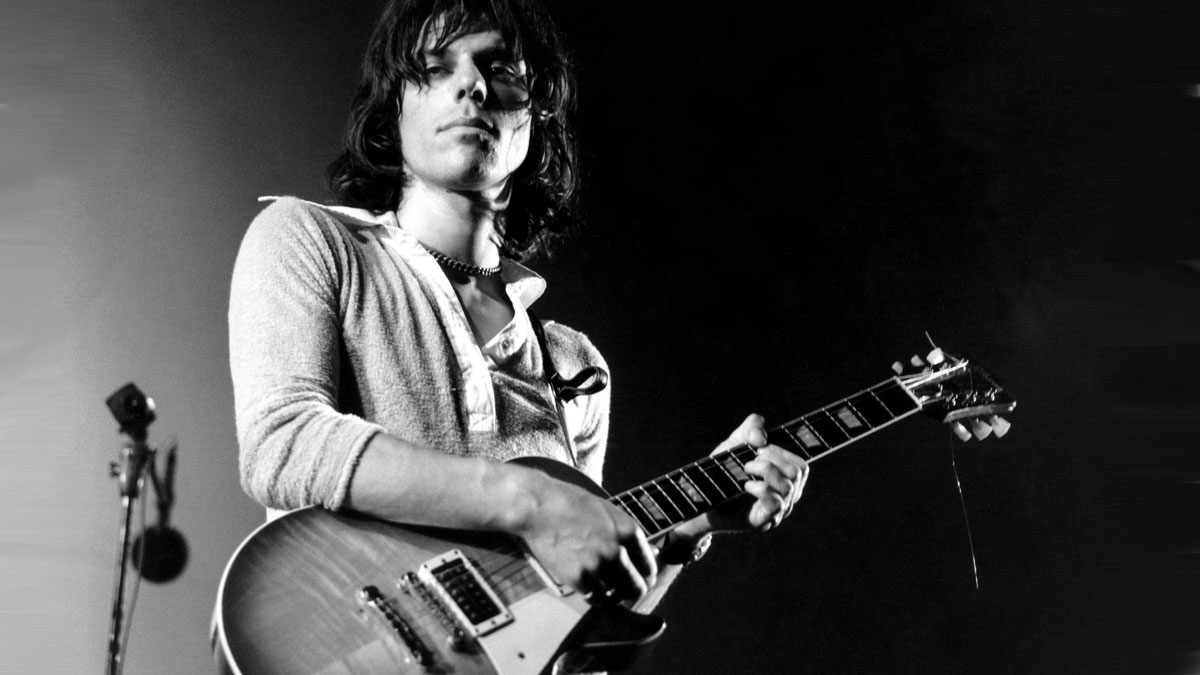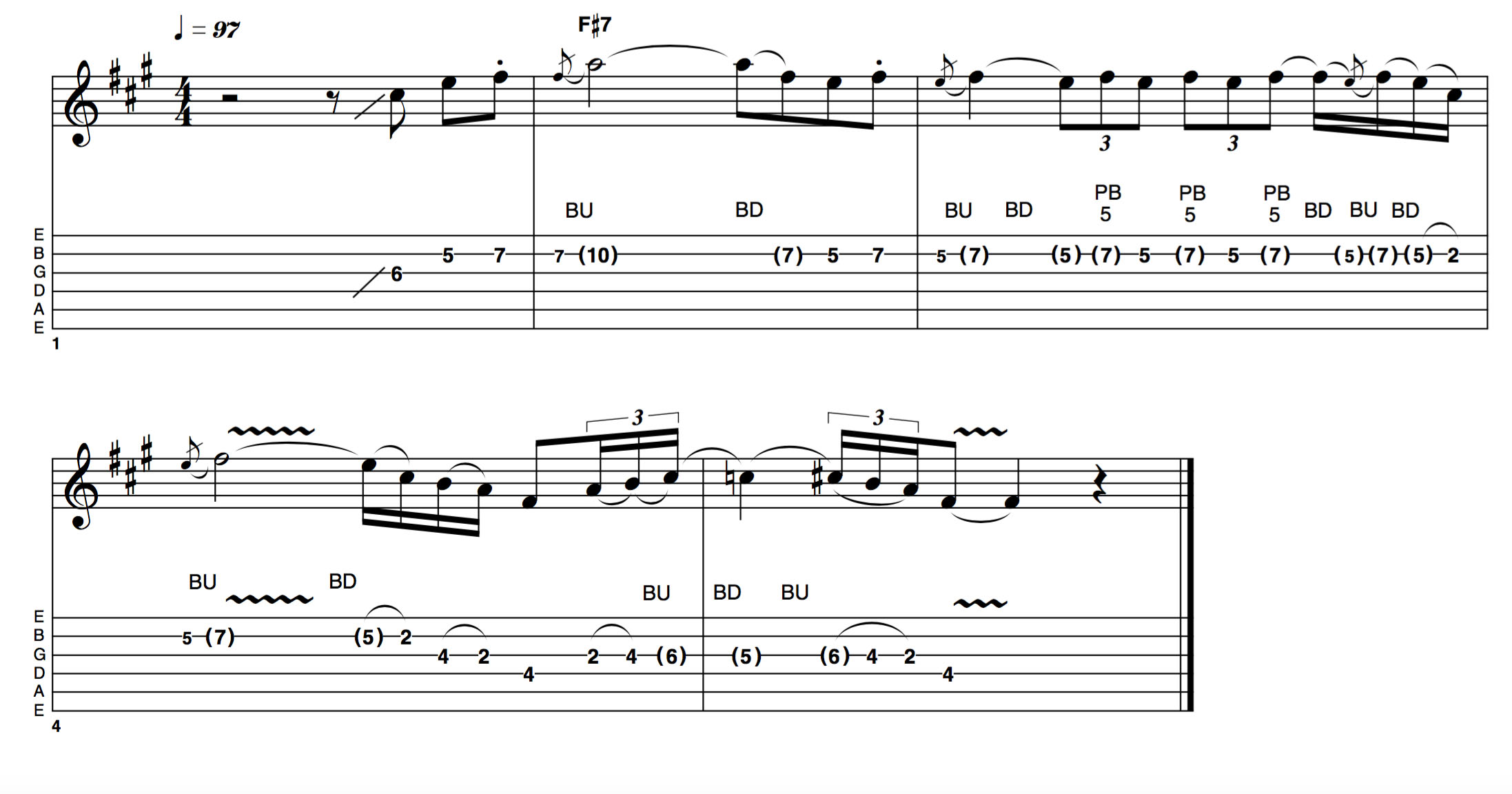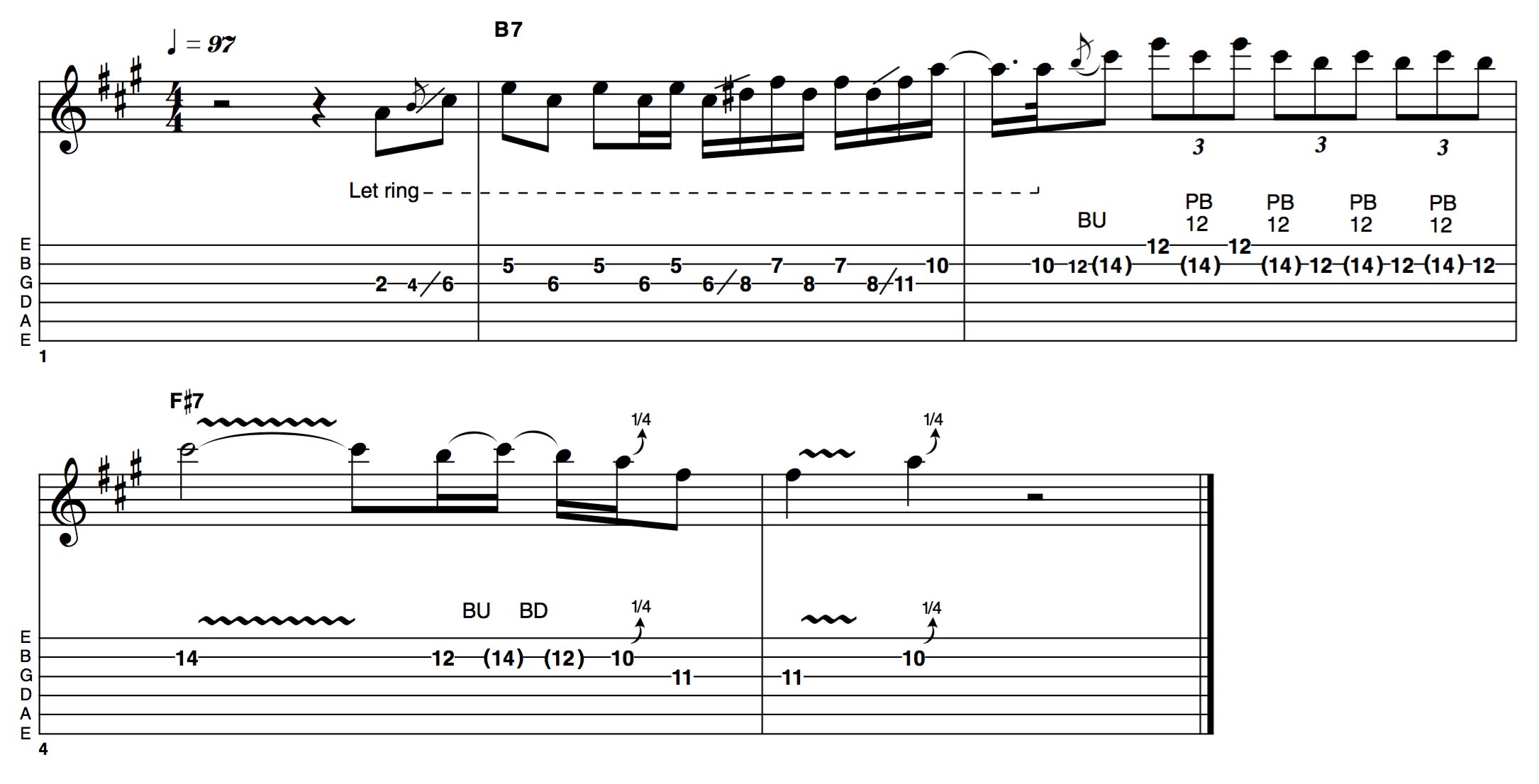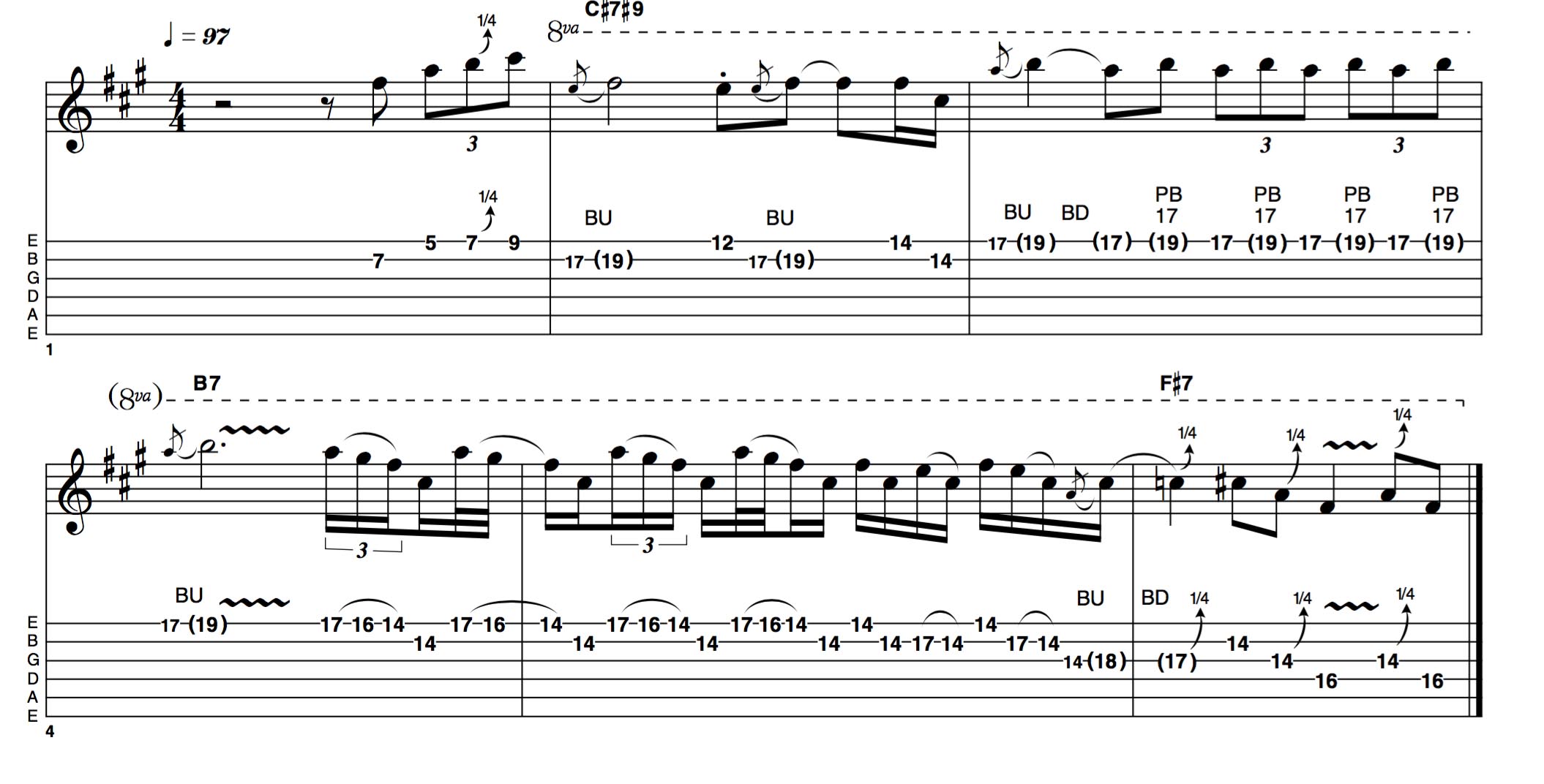4 guitar tricks you can learn from Jeff Beck
Taking a closer look at Beck's Les Paul era, during the '60s British Invasion

Jeff Beck’s debut album, Truth, was recorded in two sessions and a total of four days in May 1968, after he resisted putting out any more solo singles in the Mickie Most approved Hi Ho Silver Lining vein.
These days, most conversations about Jeff begin with how he has maintained consistent creativity and innovation over the years, particularly with his unique whammy bar approach – and fair enough. However, this Headlines is focused on his cutting-edge role in the British Invasion of the 1960s (before helping define jazz-rock going into the early to mid-1970s).
Back then, he played a Gibson Les Paul with a pick, and even without a whammy bar he manipulated the pitch of notes in an innovative way, adding rhythmic, stuttering phrases – often punctuating Rod Stewart’s raw vocals.
It’s likely that Jeff was plugged into Marshall amps for the majority of the Truth sessions, possibly with a Marshall Supa Fuzz
Ronnie Wood’s complex guitar-like lines on the bass must have been a valuable support, too, particularly live. Jeff has always followed his own path, taking inspiration from a wide range of styles. Cliff Gallup’s rockabilly pyrotechnics were a big early influence – and still are – but Jeff has also moved forward to take on styles as diverse as Stevie Wonder and Nitin Sawhney.
Second guessing what a player like Jeff may come up with is an unenviable task, but having a listen to his playing on Truth and taking some cues from that led me to the solo transcribed here (albeit split into four sections).
It’s likely that Jeff was plugged into Marshall amps for the majority of the Truth sessions, possibly with a Marshall Supa Fuzz. The main ingredient, though, is his fingers. To get the tone on my solo, we linked the channels on a small box JTM45 and pretty much maxed both volumes – not for the faint-hearted!
Example 1

While recognisably pentatonic (not necessarily a norm for Jeff, even in the 60s), this opening phrase demonstrates his rhythmic approach: picked hard and emphasised through a series of pre-bends and releases.
The release from the 5th to b5th (C# to C) in bar 4 is an example of how Jeff would take what might sound like standard blues (or just plain wrong) in other hands to create a twist on what was still a very new style in 1968!
Example 2

Moving up the fretboard, these doublestops arrive at a stuttering series of bends and releases similar to Example 1, but this time combining that idea with the 5th and b5.
This is a bold move, which may have been inspired by the psychedelic sounds that would have been everywhere at the time, or perhaps the way blues harp players would bend a note. Who knows, but it is certainly worth trying out to add an exotic edge to your solos.
Example 3

A slightly longer phrase here, incorporating some of the same devices (including a particularly unsubtle released bend to the b5 in the final bar!).
I’ve also added in a more rapid-fire section over the pause in the backing track. Jeff has never made fast playing a goal in itself, but there’s no doubt he can go there if he feels the song calls for it.
Example 4

Closing the solo, this example jumps position quickly in bar 2, something I hadn’t consciously intended to do, but after the event felt it was probably true to Jeff’s non-linear approach.
Ending with a high screeching note also feels like something that would’ve come later (perhaps the 70s). I don’t believe Jeff thinks in linear terms/scales – maybe not even in terms of stock licks!
Hear it here
Jeff Beck – Truth
As the focus of this month’s Headlines, the solo is inspired by Jeff’s playing on Let Me Love You. There’s no track to skip, really (except possibly Greensleeves, as it’s played on acoustic).
Have a listen to his reworking of The Yardbirds’ Shapes Of Things and You Shook Me – the same song that appeared on Led Zeppelin’s debut within months. While this kind of rock/blues may be familiar now, this is largely where it came from.
Jeff Beck – Beck-Ola
The follow-up to Truth, this has a slightly more polished sound overall, partly due to production, partly due to Jeff having recently toured the US and being in great shape!
However, Jeff’s guitar is as raw and present as ever. All Shook Up and Spanish Boots both feature his unmistakable touch, and Plynth (Water Down The Drain) showcases an early appearance of the Fender Strat, which would become his guitar of choice.
Jeff Beck – Jeff
Skipping forward to 2003, we can hear that Jeff has not become formulaic nor rested on his laurels in any way in the decades following his debut.
Embracing modern sounds, production and arrangements, he is still as recognisable as ever. Listen to So What, Trouble Man and Grease Monkeys to hear a fuller realisation of what was probably already brewing somewhat in Jeff Beck’s mind back in the 60s.
Get The Pick Newsletter
All the latest guitar news, interviews, lessons, reviews, deals and more, direct to your inbox!
As well as a longtime contributor to Guitarist and Guitar Techniques, Richard is Tony Hadley’s longstanding guitarist, and has worked with everyone from Roger Daltrey to Ronan Keating.
“There are so many sounds to be discovered when you get away from using a pick”: Jared James Nichols shows you how to add “snap, crackle and pop” to your playing with banjo rolls and string snaps
Don't let chord inversions bamboozle you. It's simply the case of shuffling the notes around








![Joe Bonamassa [left] wears a deep blue suit and polka-dotted shirt and plays his green refin Strat; the late Irish blues legend Rory Gallagher [right] screams and inflicts some punishment on his heavily worn number one Stratocaster.](https://cdn.mos.cms.futurecdn.net/cw28h7UBcTVfTLs7p7eiLe.jpg)


